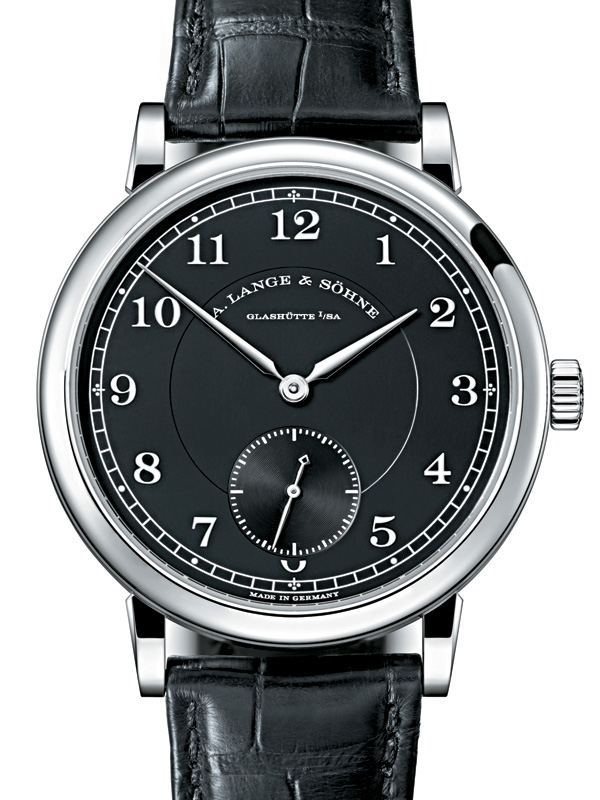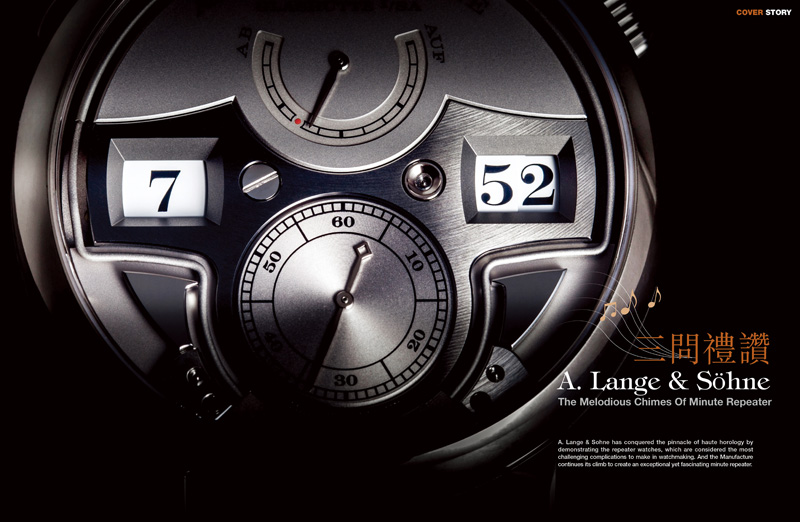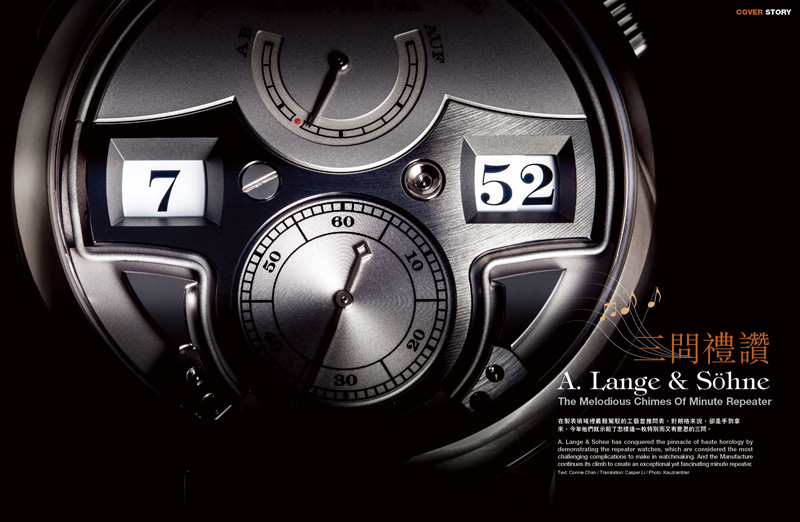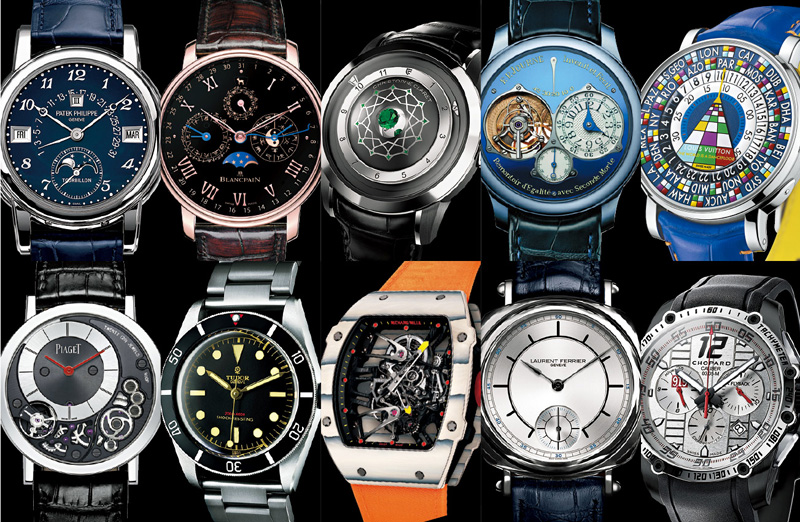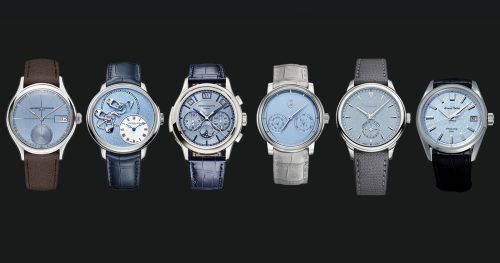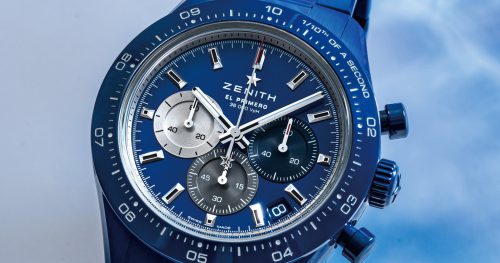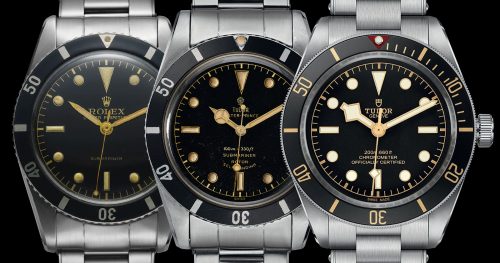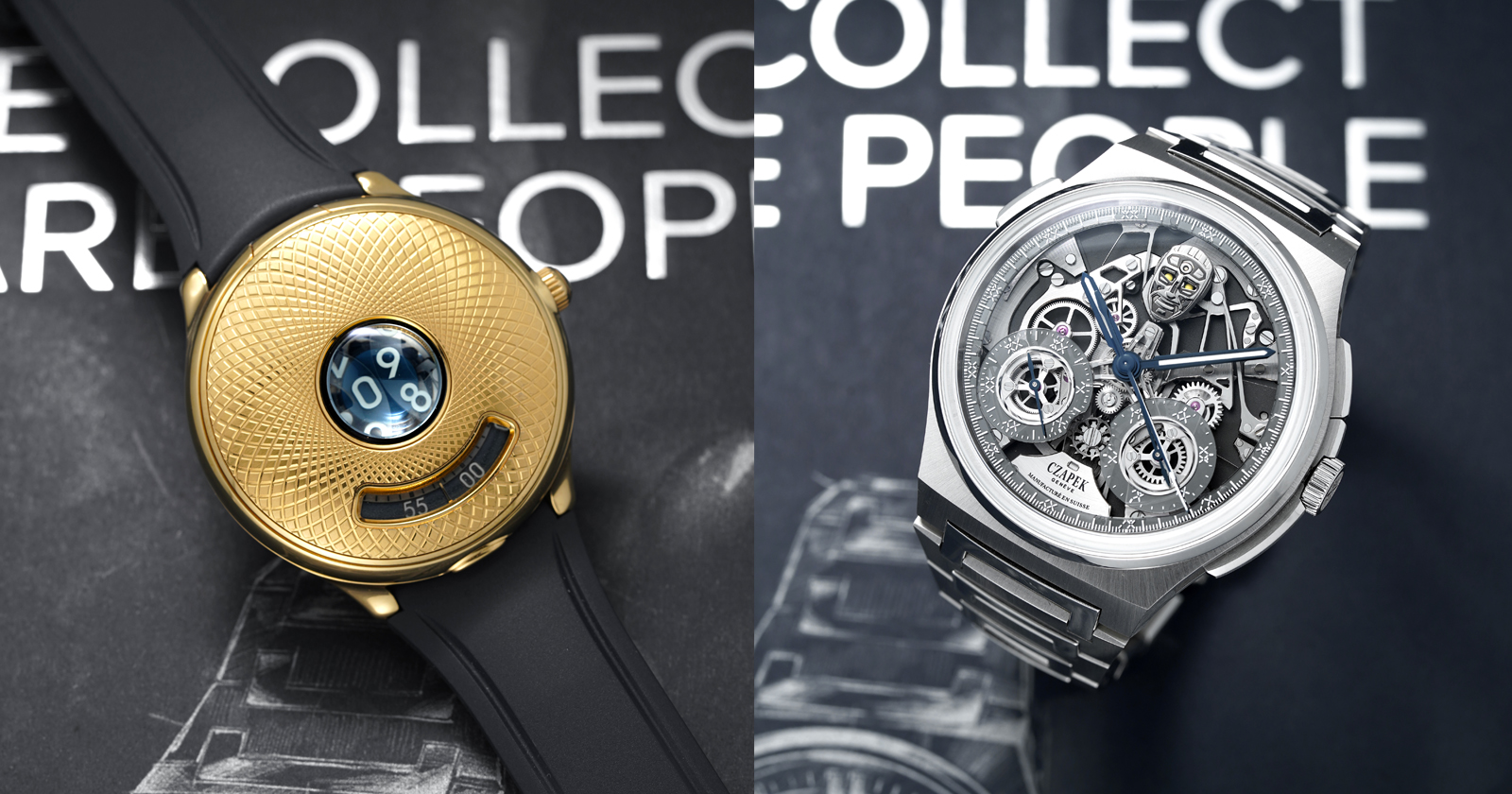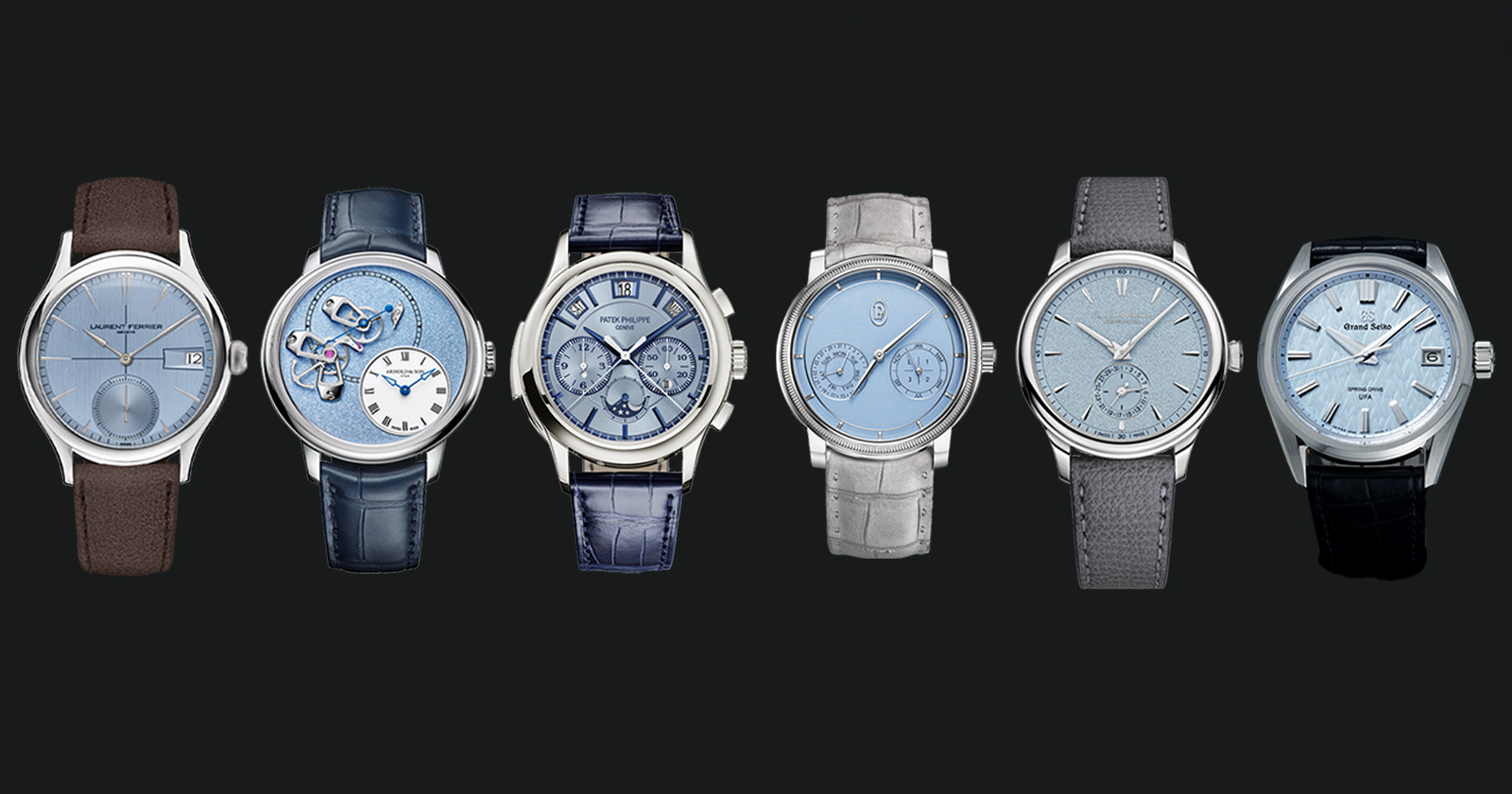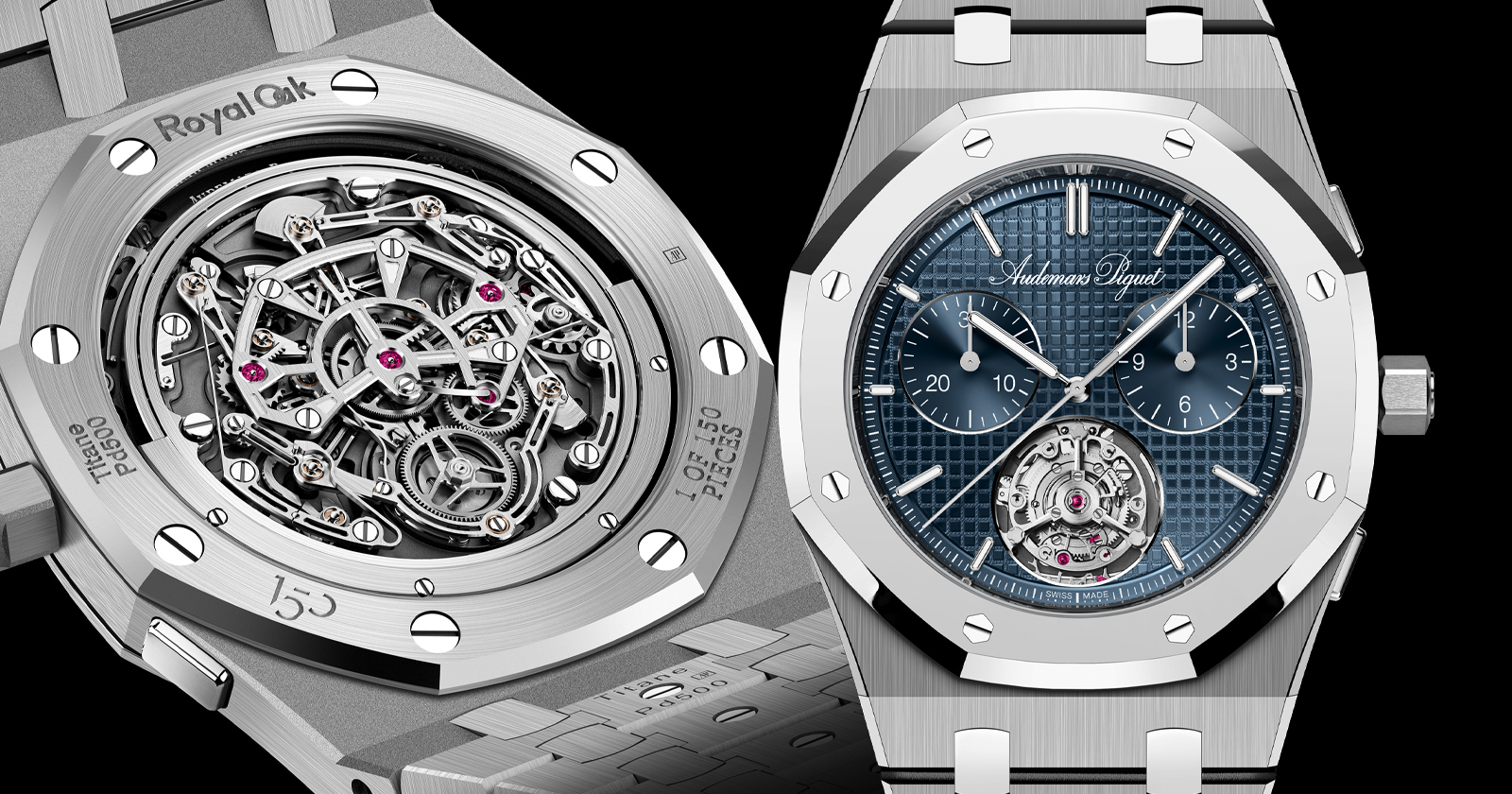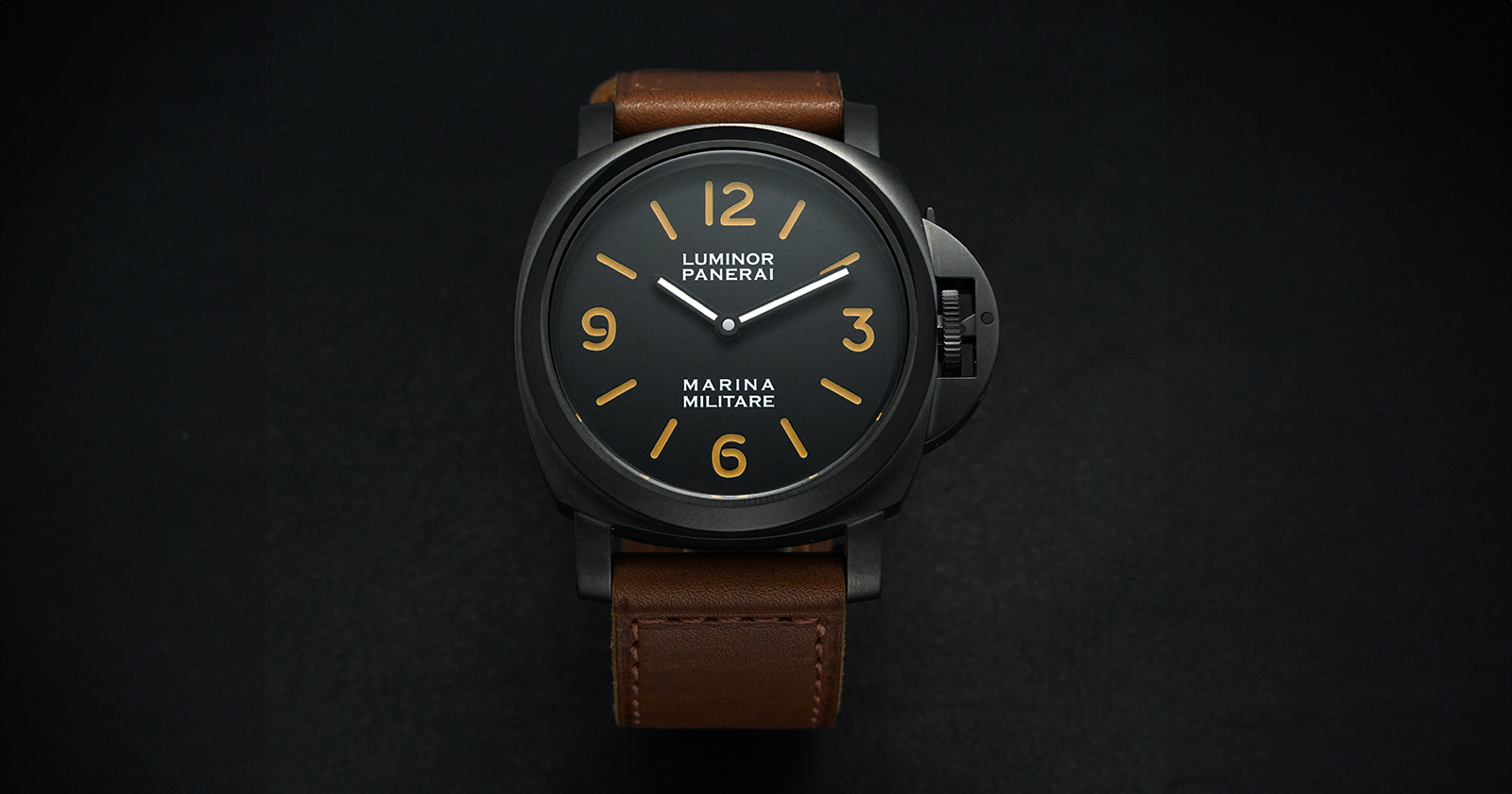A. Lange & SÖhne The Melodious Chimes Of Minute Repeater
A. Lange & Sohne has conquered the pinnacle of haute horology by demonstrating the repeater watches, which are considered the most challenging complications to make in watchmaking. And the Manufacture continues its climb to create an exceptional yet fascinating minute repeater.
Zeitwerk Minute Repeater
The Zeitwerk Minute Repeater is the second creation chiming the time of the Zeitwerk family. At first glance, it looks very similar with the Striking Time, both has two hammers under the digital display. Yet, the striking mechanisms set the twin apart. The mechanism of the Striking Time is relatively simpler. It chimes every quarter and every hour automatically. While the Zeitwek Minute Repeater chimes on demand, it sounds the full hours, quarters and minutes. In addition, this brand new Zeitwerk isn’t any minute repeater, but a decimal minute repeater. For a common minute repeater, it sounds the number of 15-minute intervals after the hours are chimed. As its name implies, the decimal repeater sounds the number of 10-minute intervals. As an example, if the time is 3:26, a usual minute repeater strikes 3 “dong” representing hours, 1 “ding dong” representing a quarter, and 11 “ding” for minutes. In decimal repeater’s case, after the 3 “dong”, 2 “ding-dong” sounds to mark twenty minutes, followed by 6 “ding for each minute. In order words, it strikes directly the tens and single digits of the minutes.
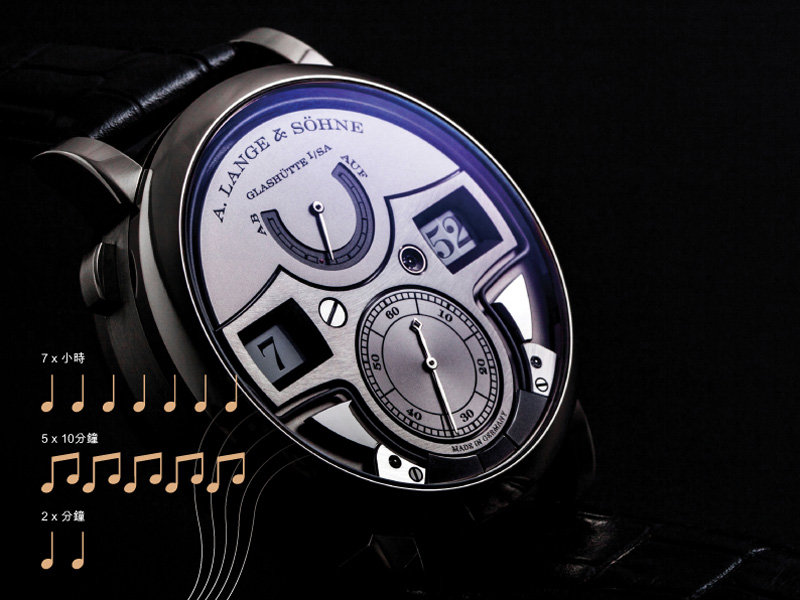
The mechanism of decimal repeater was invented over two hundreds years ago. Yet, it is rarely used as the minute repeater has dominated the striking mechanism for so long. In recent times, only independent watchmaker Kari Voutilainen created a decimal repeater watch. A Lange & Sohne this year reveals such intricate complication outside the mainstream, showcasing its sheer mastery of watchmaking craftsmanship. More crucially, the decimal repeater and the Zeitwerk is indeed a match made in heaven. The tones you hear are exactly the number shown on the dial – what you hear is what you read. Sounds very logical, right?
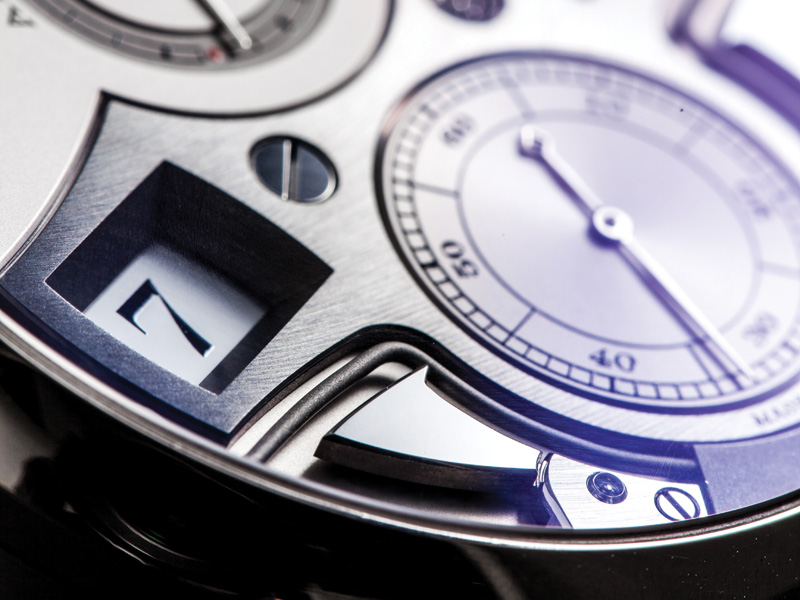
http://www.youtube.com/embed/q89Ak-4Tlcw
The way of activating the striking mechanism is also unusual on this exquisite piece. Instead of the conventional slide, wihich winds the striking mechanism, it features a pusher system that is more convenient to use. Yet, the pusher does not wind the striking mechanism, which means the power needs to be drawn form the barrel. To ensure the watch has enough power to chime, the striking mechanism cannot be activated if there is less than 12 hours of power reserve where a red dot is marked on the power reserve indicator at 12 o’clock. Since a minute repeater movement is extremely complex, the Manufacture introduces some safety precaution to protect it. The crown cannot be pulled while the striking mechanism is active. When activated, the winding train is uncoupled from the ratchet wheel. It is also worth mentioning that the acoustics sequence is smartly excecuted. The switching of the numeral discs is delayed until the chiming sequence has ended. If you activate the striking a few seconds to 1:00, you’ll see the discs jump only after the 20-second long chiming. Such acoustic time indication therefore always corresponds to the time displayed on the dial. Equipped with a hand-wound movement, the piece comes in a 44mm platinum case and is priced around 440,000 euros.
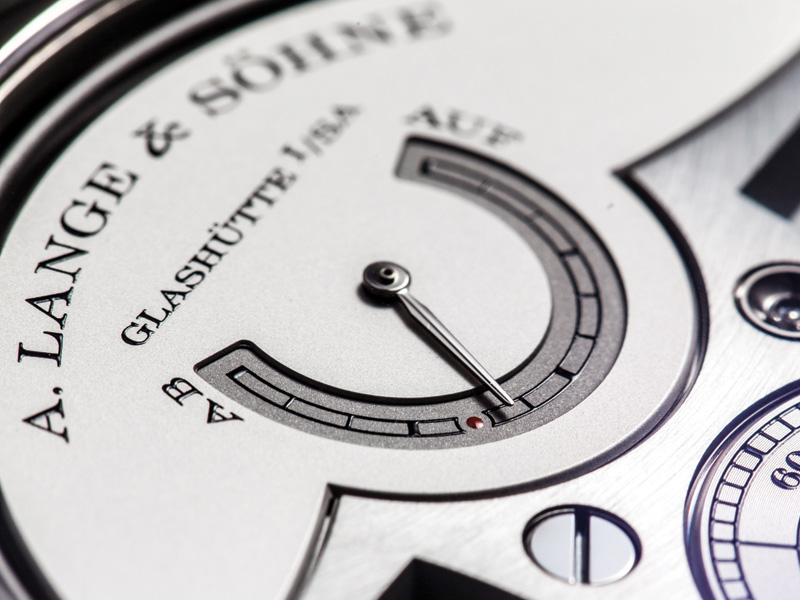
Zeitwerk Minute Repeater
表殼:鉑金
尺碼:直徑44.2mm,厚14.1 mm
機芯:L043.5
手上鍊零件:771塊
動力儲備:36小時
售價:440,000歐元
Datograph Up/Down
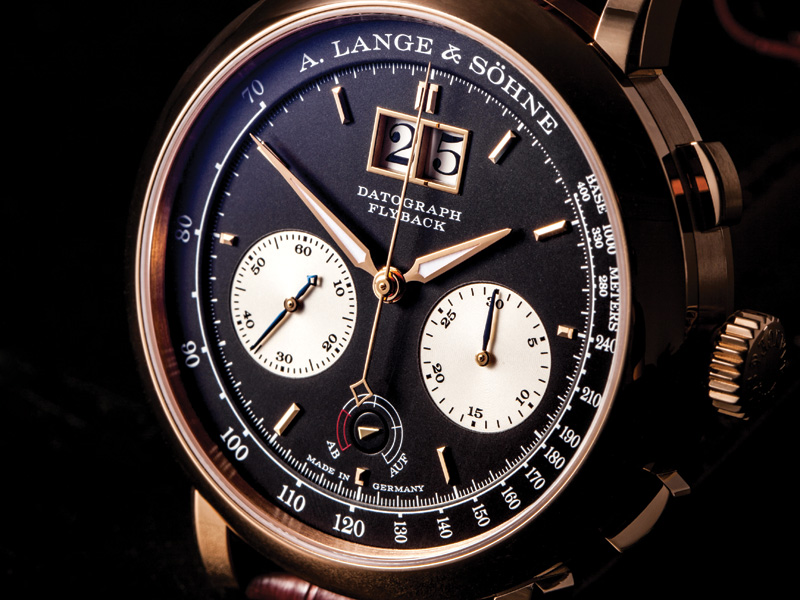
The Datograph Up/Down is the second generation of the Datograph. The previous iteration is cased in platinum with a black dial, while this year comes a red gold case reference. The main difference between the two generations is the presence of a power reserve indicator sitting at 6’clock. With such a subtle change, we don’t see a great discrepancy on the dial landscape. Some, however, is of the opinion that the old one is better, some prefer a power reserve indicator on a hand-wound piece. Not only is a power reserve indicator added, the new version is also enlarged from 39mm to 41mm. The 2mm difference does give a bold look on wrist. And this diameter would probably be more welcomed by customers as many believe a men’s chronograph today should be no less than 40mm. Another technical advancement is the power reserve. The new Datograph offers up to 60 hours of autonomy (that’s 24 hours more than the previous generation). Through the caseback you can admire the impeccable hand-wound movement and its components. This 41mm watch is cased in pink old and priced around $549,000.
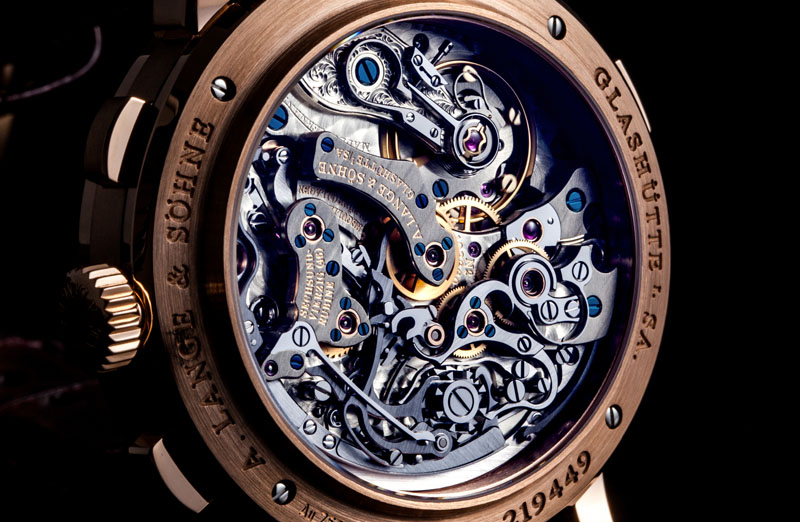
Datograph Up/Down
表殼:粉紅金
尺碼:直徑41mm,厚13.1 mm
機芯:L 951.6手上鍊
零件:451塊
動力儲備:60小時
售價:$549,000
Saxonia
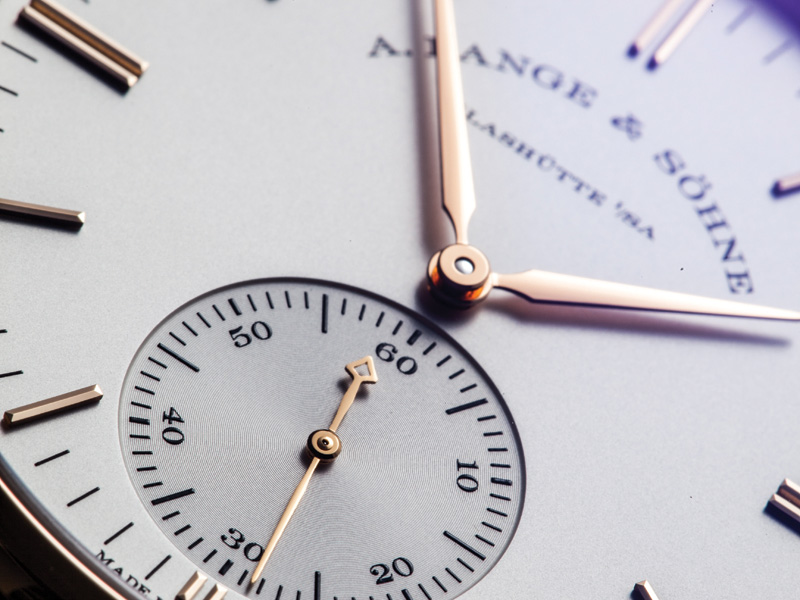
Launched 20 years ago, the Saxonia has a longer history than the Datograph. Across all A. Lange and Sohne’s collections, the Saxonia is the most minimalist one. The 1815 family has a similar classic look; yet it has lots of fine details. For instance, it has a combination of Arabic indices and railway minute track with a circle pattern on the centre of the dial. If you are a disciple of less is more philosophy, the simple and pure Saxonia will be your cup of tea. The open and clean dial features solid gold baton hour markers and slender gold hands. Even it was designed 20 years ago, its timeless and sublime beauty will continue decade after decade. But its appearance never stands still. This year, the Manufacture fine-tunes the Saxonia timepieces. The baton indices are lengthened together with the minute scale, while the double baton appliques are applied at 3, 6, 9, o’clock instead of only 12 o’clock alone. The major adjustment is the case size. The Dual Time is slightly reduced from 40mm to 38.5mm, now the same size as the Automatic. In addition, Arabic numerals are added on the small seconds dial of the automatic model. The hand-wound piece now comes in a 35mm case, which is 3mm smaller than its predecessor. We don’t see a contradiction upon the larger Datograph and smaller Saxonia, for different styles of watches should carry different sizes.
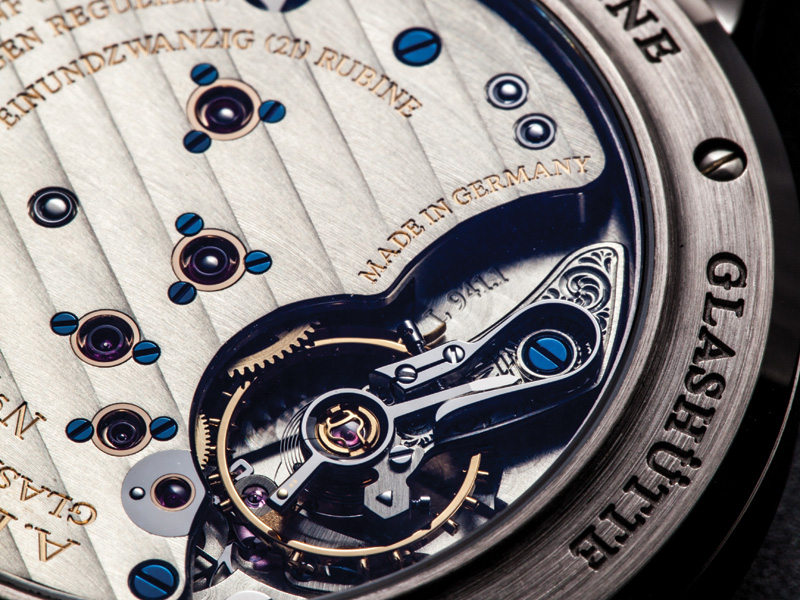
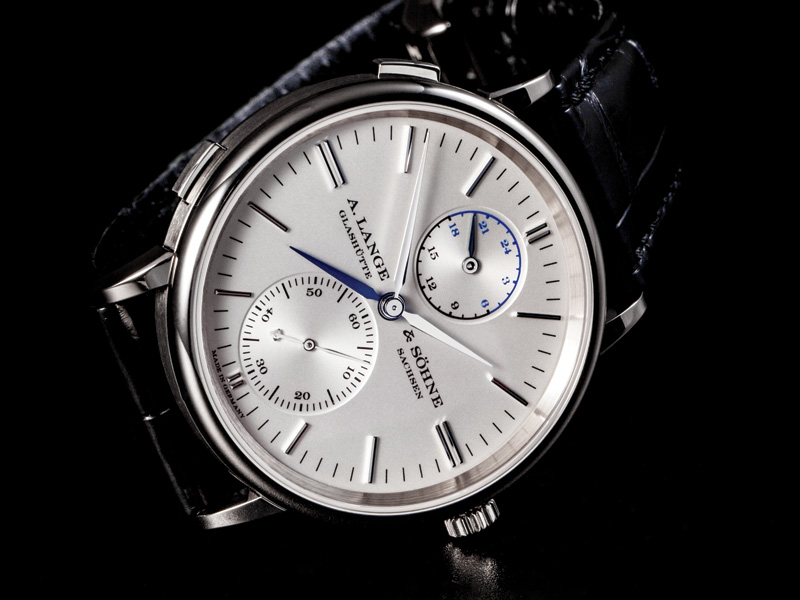
Saxonia Dual Time
Case:Pink gold or white gold
Size:38.5mm diameter, 9.1 mm thick
Movement:L086.2 self-winding
Parts:268
Power reserve:72 hours
Price:$261,000
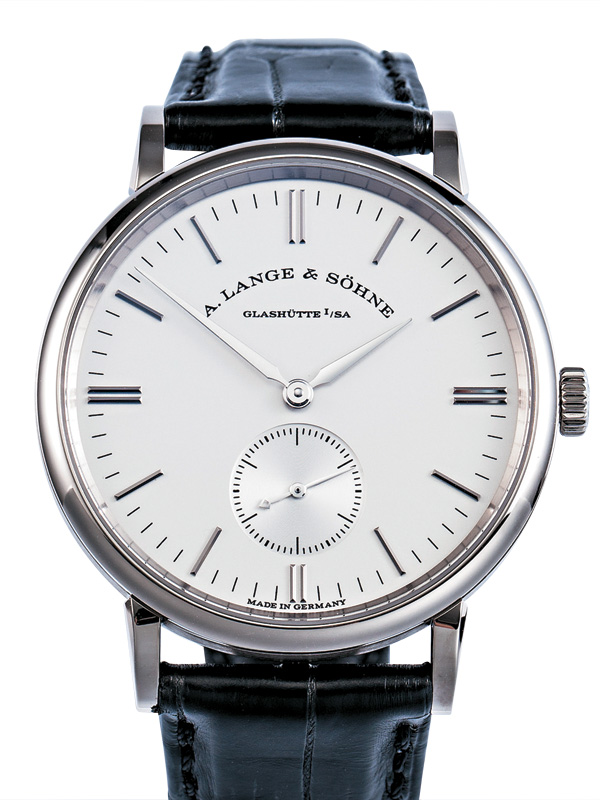
Saxonia Automatik
Case: rose gold or white gold
Size: 38.5mm diameter, 7.8 mm thick
Movement: L086.1 automatic
Parts:209
Power rerserve: 72 hours
Price: PG$194,000, WG$204,000
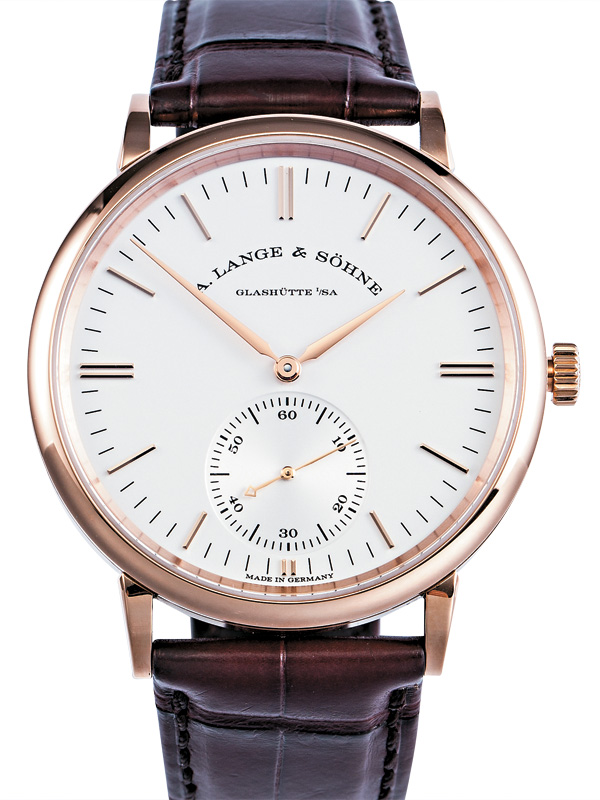
Saxonia Automatik
Case: rose gold or white gold
Size: 38.5mm diameter, 7.8 mm thick
Movement: L086.1 automatic
Parts:209
Power rerserve: 72 hours
Price: PG$194,000, WG$204,000
Lange 1
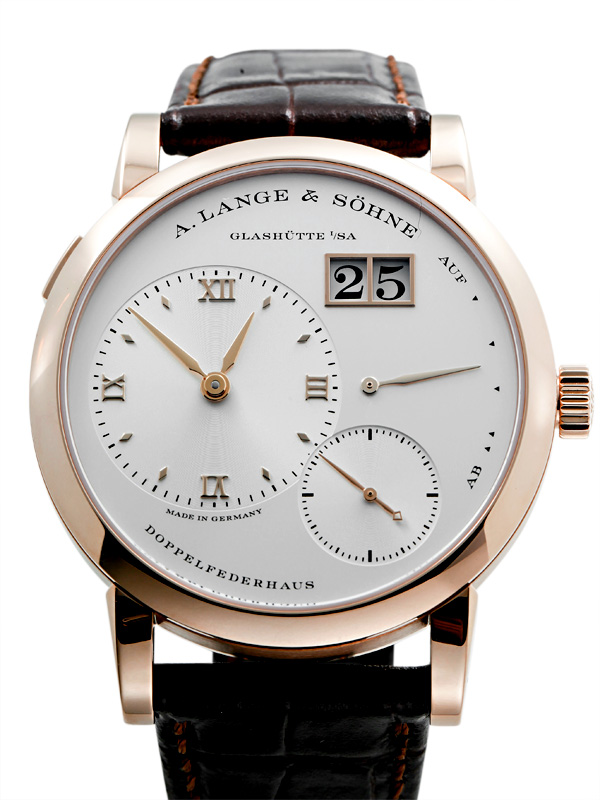
To many watch aficionados, when thinking of A Lange & Sohne, the Lange 1 featuring the off-centre dial and big date always pop into their minds. The Lange 1, as a cornerstone of the brand for two decades, is so classic that shouldn’t be modified to a large extent. With a slightly thinner bezel, the latest Lange 1 focuses on some minor reworkings inside. Speaking of the new hand-wound movement, it is the fiftieth movement created by the Manufacture since its rebirth 20 years ago. The main technical improvement is the big date; it is now instantaneous, meaning it jumps precisely at midnight rather than slowly changing over the course of hours. Besides the oversize date mechanism, the movement parts are also re-arranged. For one thing, the balance-wheel is assigned to the crown side instead of being opposite to it. For another, the escapement has a new balance wheel with 6 eccentric poising weights and an in-house free-sprung hairspring along with a much more integrated three-quarter plate. The timepiece retains the decent stop-second function and 72-hour of power reserve provided by two barrels.
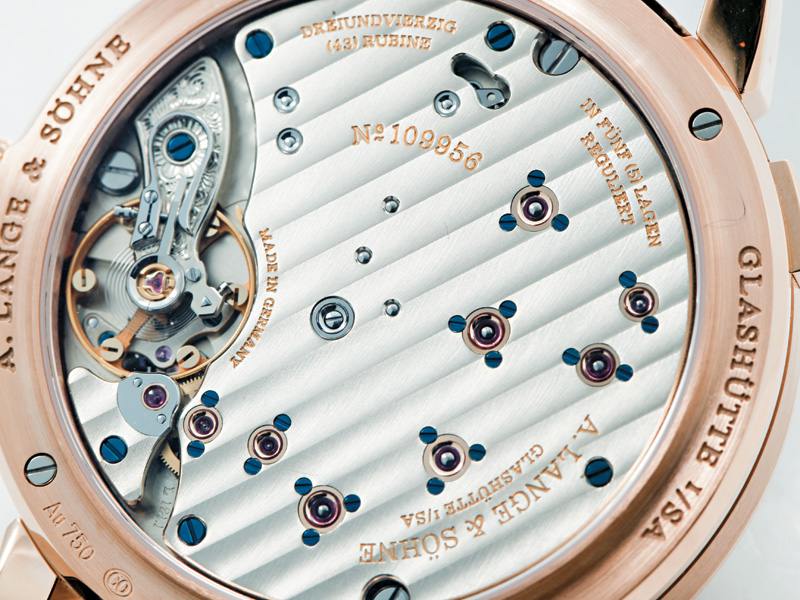
Lange 1
Case: Pink gold, yellow gold or platinum
Size: 38.5mm diameter, 9.8 mm thick
Movement: L121.1 Handwinding
Parts: 368
Power reserve: 72 hours
Price: PG & YG$261,000、PT$373,000
The Epitome of Two Centuries of German Watchmaking
On 18th of February 1815, a baby boy was born in Dresden. His parents could never expect that their child would be one of the Germany’s foremost economic pioneers, as well as the founding father of German watchmaking in the 19th century. And the name A. Lange & Sohne stands for 200 years thus far. The boy’s name is Ferdinand Adolph Lange.
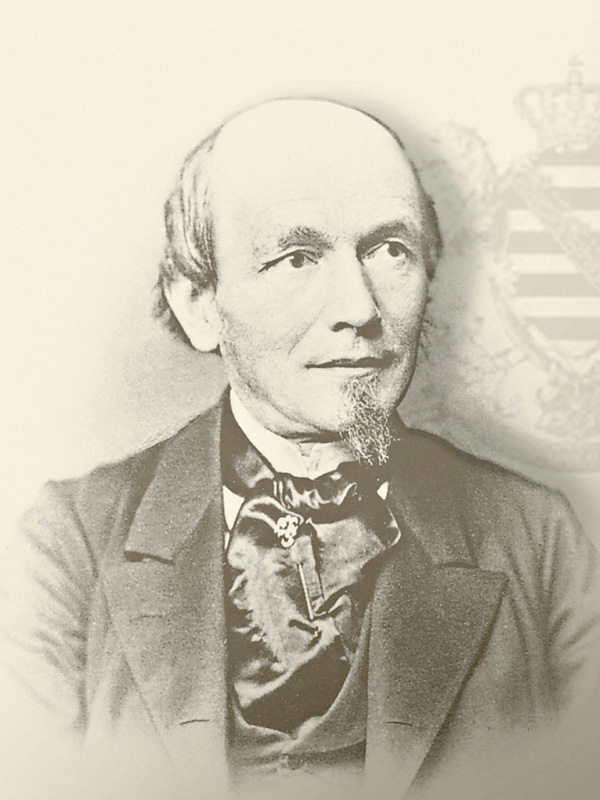
F.A. Lange
F. A. Lange is widely recognised for his contribution to Germany, the whole watchmaking industry and numerous inventions. He introduced the metric system to replace the commonly used French linge unit and invented various measuring instruments such as the dial micrometer which accurately measures parts in hundredths of a millimeter, constant force escapement, jumping seconds, chronograph mechanism, quarter repeater, just to name a few. It would be a remiss not to speak of the three-quarter plate. It improves the stability of movements and has become the hallmark of German watches and Lange’s movement.
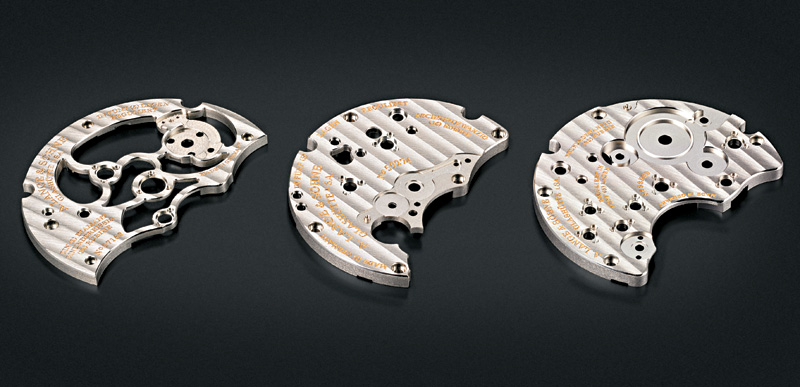
To commemorate F.A. Lange 200th years since his birth, the Manufacture has presented recently the 1815 “200th Anniversary F.A. Lange” in a limited run of 200 pieces. This elegant piece with a black dial is the epitome of two centuries of German watchmaking.
